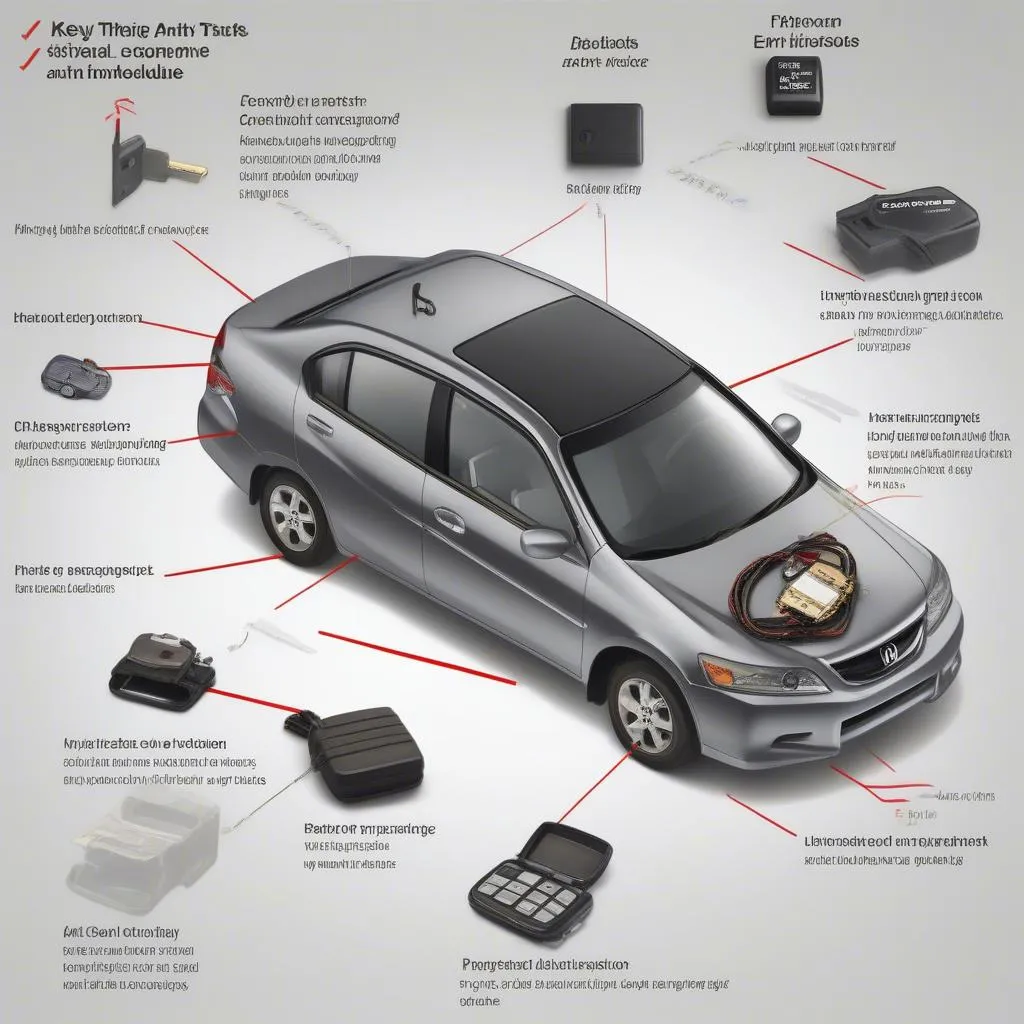The hot seat warning generator is a critical safety feature in modern vehicles, designed to alert drivers to potentially dangerous situations involving passengers and active airbags. When a problem arises with this system, it’s not just an inconvenience – it can compromise the well-being of everyone on board. As an automotive electrical engineer specializing in remote diagnostics, programming, and software installation, I’ve encountered my fair share of hot seat warning generator issues. Let’s delve into the common causes and explore how these problems are typically diagnosed and resolved.
Understanding the Hot Seat Warning System
Before we dive into troubleshooting, it’s important to grasp the basics of how this system works. The hot seat warning generator relies on a network of sensors and modules to determine when a passenger seat is occupied and if the airbag system is armed. If specific conditions are met – for instance, a child or small adult is seated in the front passenger seat while the airbag is active – the system generates a visual and/or audible warning to alert the driver.
Common Causes of Hot Seat Warning Generator Problems
A malfunctioning hot seat warning generator can stem from a variety of culprits, often related to the intricate electrical components and software that govern its operation. Here are some of the most prevalent causes:
-
Faulty Seat Occupancy Sensor: The seat occupancy sensor, usually located within the passenger seat cushion, detects the presence of a passenger. If this sensor malfunctions, it can send inaccurate signals, leading to false warnings or a complete system shutdown.
-
Wiring Issues: The complex web of wiring connecting the various components of the hot seat warning system can be susceptible to damage, corrosion, or loose connections. These wiring problems disrupt the flow of information, rendering the system ineffective.
-
Software Glitches: Like any computer-controlled system in a vehicle, the hot seat warning generator relies on software to function correctly. Software glitches or outdated software versions can lead to unpredictable behavior, including inaccurate warnings or system failures.
-
Control Module Malfunction: The control module acts as the brain of the hot seat warning system, processing data from the sensors and triggering the warnings when necessary. If the control module itself malfunctions, it can disrupt the entire system.
Diagnosing Hot Seat Warning Generator Issues
Accurately diagnosing the root cause of a hot seat warning generator malfunction requires specialized equipment and expertise. Here’s a glimpse into the diagnostic process:
-
Visual Inspection: Technicians often begin with a visual inspection of the affected area, checking for any obvious signs of damage, loose connections, or wear and tear.
-
Diagnostic Scan Tool: Using a professional-grade diagnostic scan tool, technicians can communicate with the vehicle’s computer system, reading diagnostic trouble codes (DTCs) stored in memory. These codes provide valuable clues about potential problems within the hot seat warning system.
-
Component Testing: Based on the DTCs and visual inspection, technicians can systematically test individual components, such as the seat occupancy sensor, wiring harnesses, and the control module, to isolate the source of the malfunction.
Resolving Hot Seat Warning Generator Problems
Once the problem is accurately diagnosed, resolving the issue typically involves one or more of the following solutions:
-
Sensor Replacement: If a faulty seat occupancy sensor is identified, replacement is usually straightforward. Technicians can access the sensor beneath the seat cover and install a new one.
-
Wiring Repair or Replacement: Damaged or corroded wiring might require repair or complete replacement of affected sections to restore proper communication within the system.
-
Software Update or Reprogramming: Outdated or corrupted software can often be remedied by updating the system to the latest version or reprogramming the existing modules.
-
Control Module Replacement: In cases where the control module is found to be defective, replacement with a new or refurbished unit is necessary.
Expert Insight:
“The increasing complexity of automotive electronics has made accurate diagnostics and repair more critical than ever. When it comes to safety-critical systems like the hot seat warning generator, it’s crucial to rely on qualified technicians with the proper training, tools, and experience.” – Dr. Emily Carter, Automotive Electrical Systems Engineer
Conclusion
A malfunctioning hot seat warning generator can jeopardize passenger safety by failing to alert drivers to potentially dangerous situations. By understanding the common causes, diagnostic procedures, and potential solutions, vehicle owners can address these issues promptly and ensure the continued effectiveness of this essential safety system. Remember, when in doubt, always consult a qualified automotive technician for expert diagnosis and repair.
FAQ
1. How often should I have my hot seat warning system checked?
It’s generally recommended to have your entire vehicle’s electrical system, including the hot seat warning generator, inspected annually by a qualified technician.
2. Can I drive my car if the hot seat warning light is on?
While you can technically still drive the vehicle, it’s strongly advised to have the issue diagnosed and resolved as soon as possible to avoid potential safety risks.
3. Are aftermarket seat covers safe to use with the hot seat warning system?
Some aftermarket seat covers, especially those that are excessively thick or made from certain materials, can interfere with the seat occupancy sensor. It’s crucial to choose covers specifically designed to be compatible with your vehicle’s safety systems.
4. Can I reset the hot seat warning system myself?
While disconnecting the battery for a short period can sometimes reset the system temporarily, it’s generally not recommended to attempt DIY repairs on safety-critical components.
5. How much does it typically cost to repair a hot seat warning generator issue?
The cost of repair can vary significantly depending on the specific problem, make and model of the vehicle, and labor rates in your area. However, it’s always best to obtain multiple quotes from reputable repair shops.

